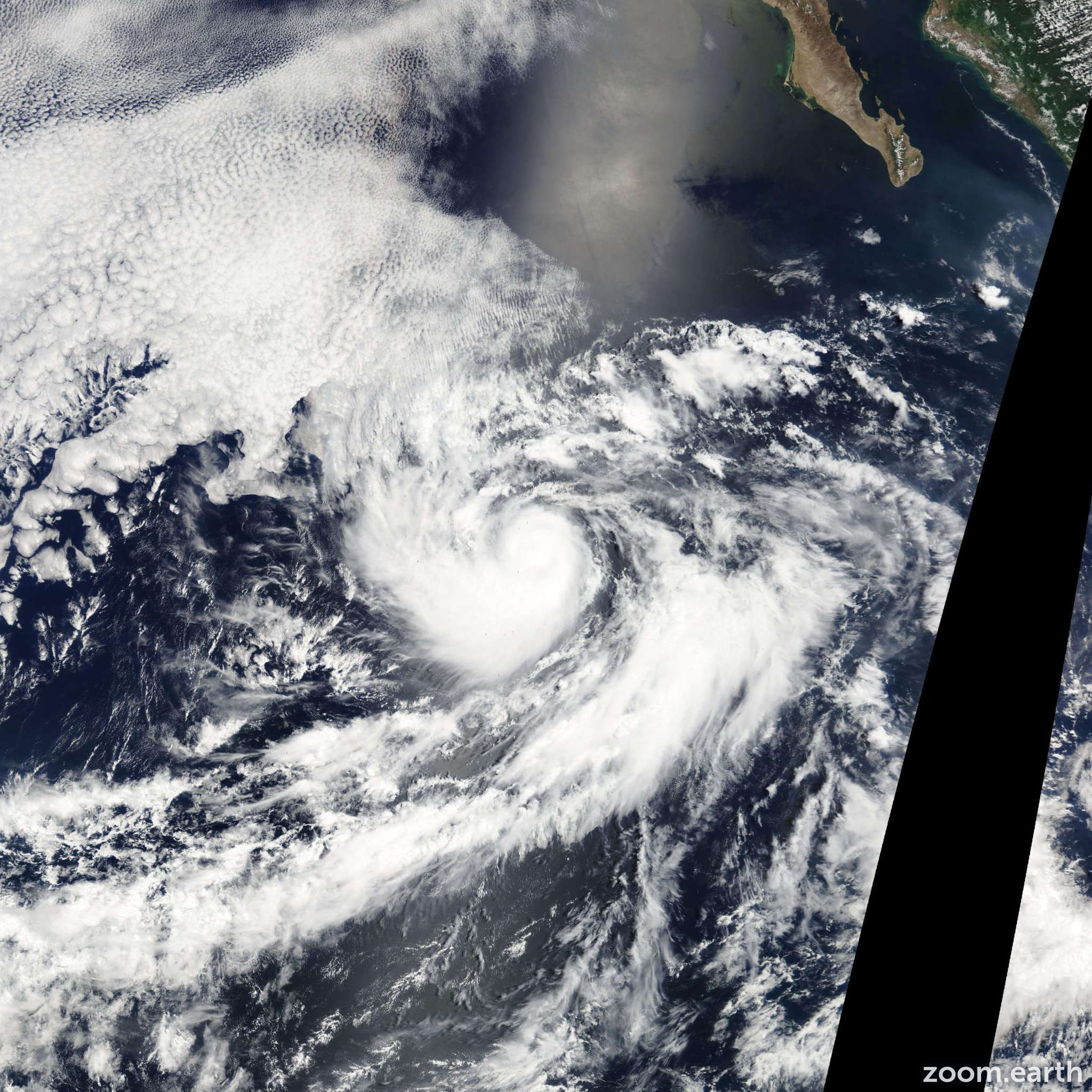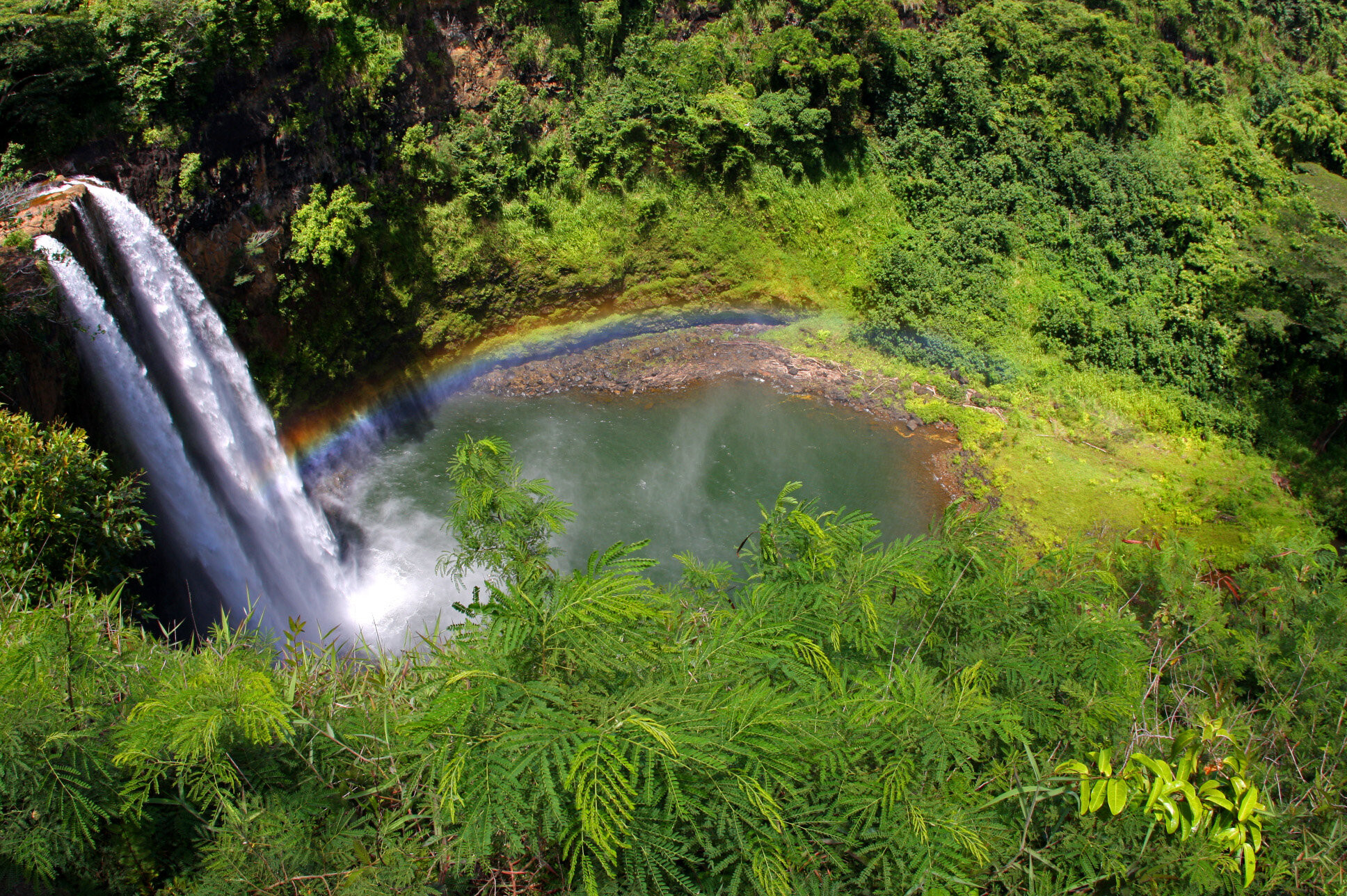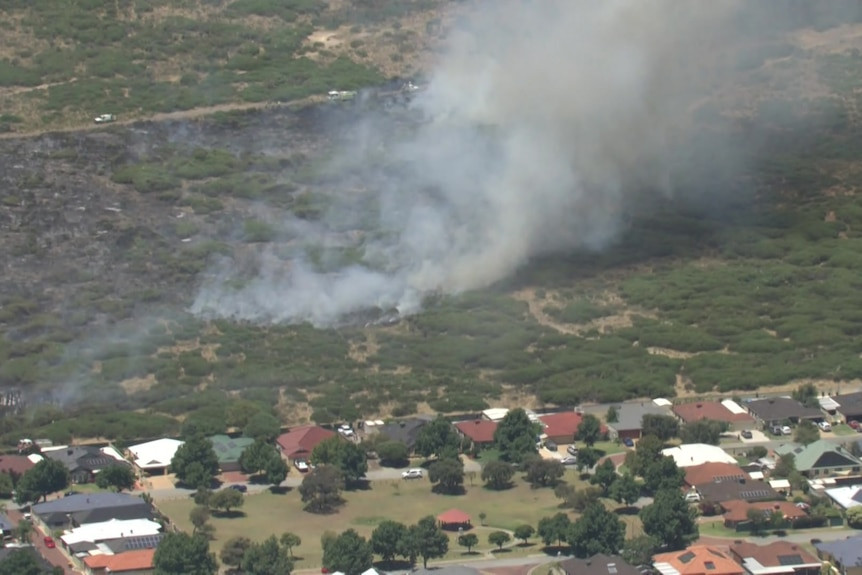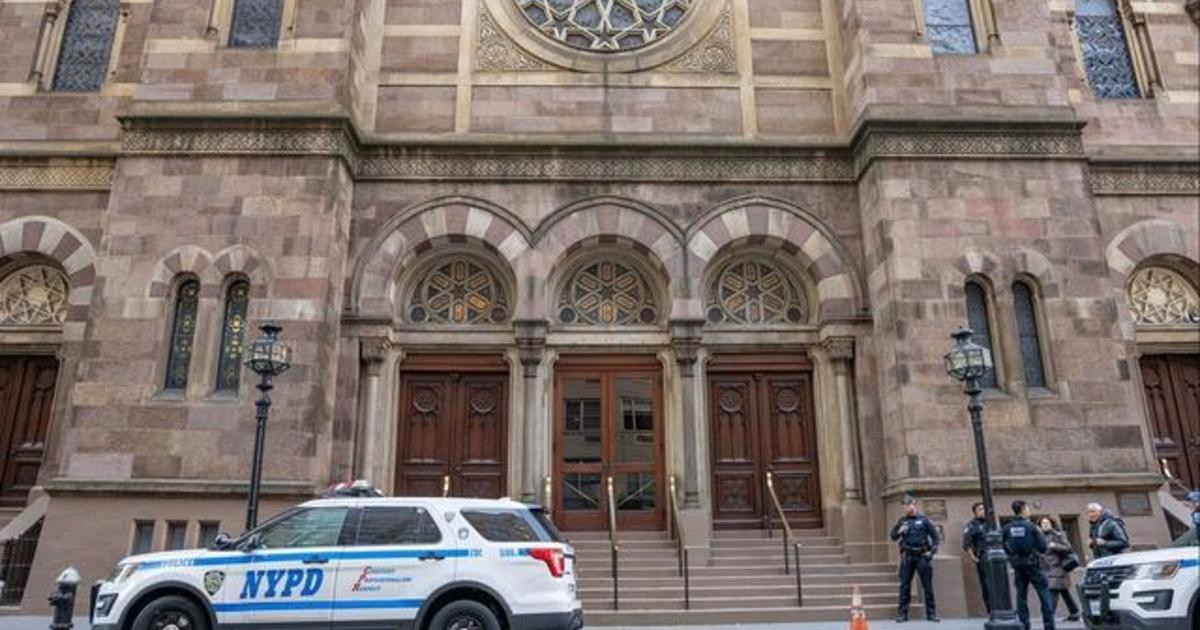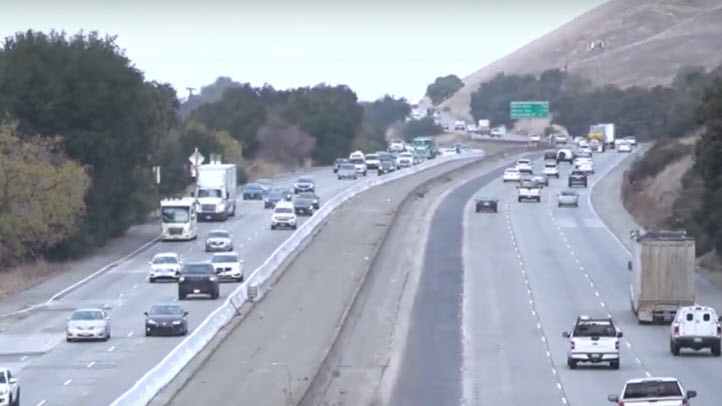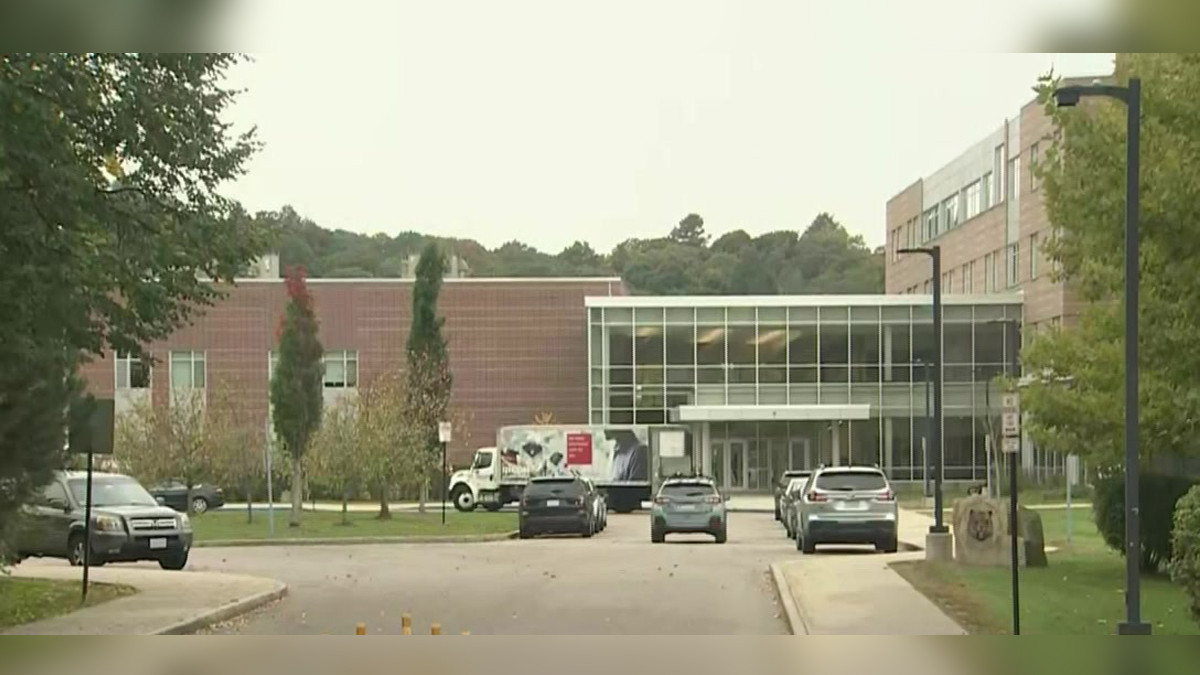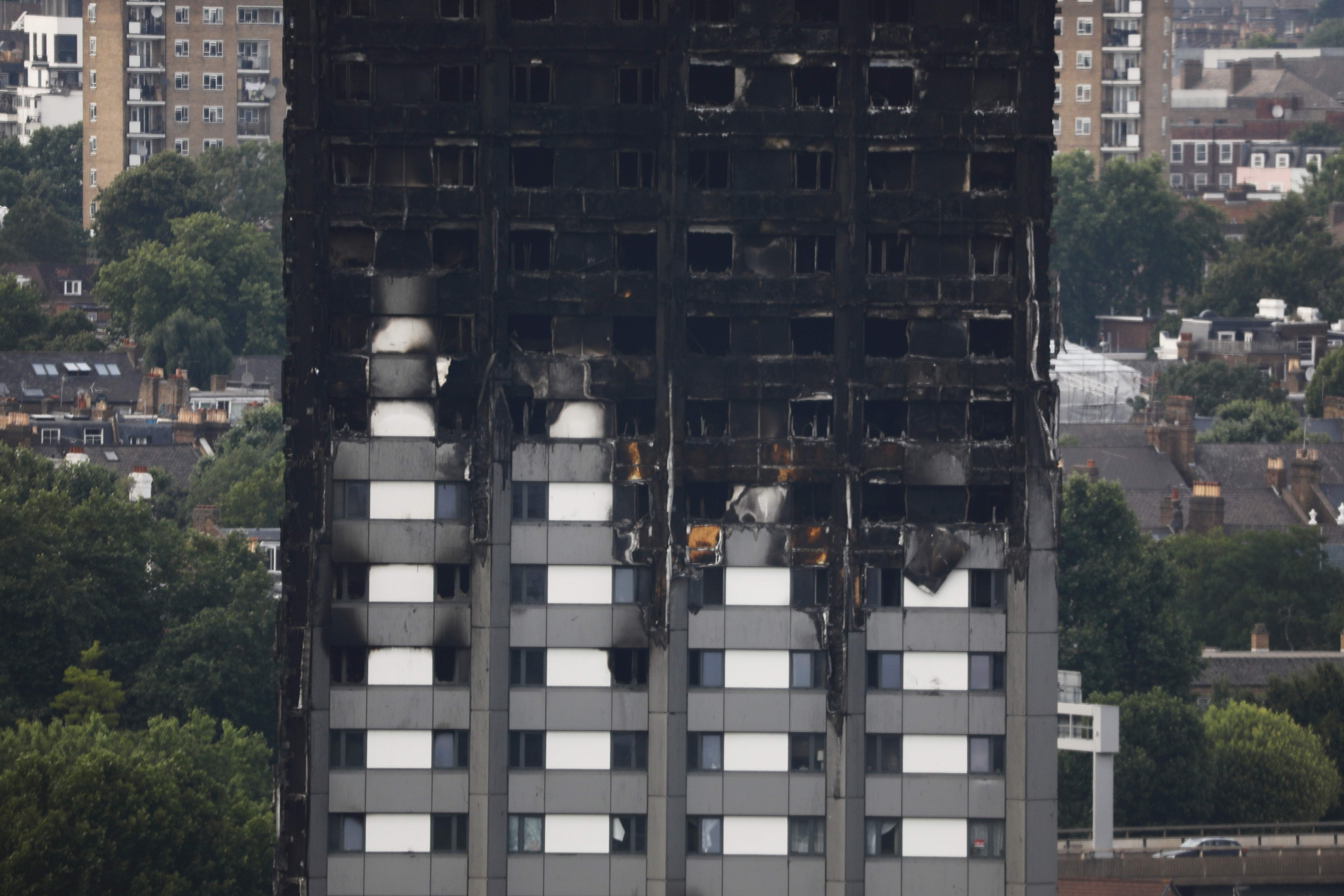There's beauty to be found in all of America's 50 states, but by far one of the most popular destinations has long been the Hawaiian Islands. Without leaving the country, you can experience the archipelago paradise full of fresh fruit, star surfers, and picture-perfect views. In recent years, natives of Hawaii have been vocal about the effects of over-tourism and how they’re fatigued by watching their homes be disrespected by careless visitors. “Native Hawaiians, already displaced from their lands during colonization, are experiencing a housing crisis,” local council member Keani Rawlins-Fernandez told Business Insider last year.
“When houses become available, they are bought by tourists instead of locals. [They] are buying our land as investment properties, so our [people] are forced to move further out, and they can’t maintain their local traditions or routines.” As they navigate this situation, residents of the Hawaiian Islands are also recovering from the impacts of Hurricane Dora, which struck in 2023, and preparing for the possibility of another major storm – Gilma.
Hurricane Gilma: A Late Arrival
Lasting from July 31 – Aug. 22, Hurricane Dora (also known as Typhoon Dora) tracked across all three North Pacific tropical cyclone basins. The Hawaiian Islands were impacted due to a pressure gradient created when Dora was moving through the south as a ridge of high pressure built up in the north. As Fox Weather notes, some forecasters believe this instance, which sparked wind-driven wildfires that killed 102 people on Maui, was a once-in-a-generation event. The Category 4 hurricane was over 500 miles south of Honolulu but still had enough influence to affect the weather.
Now, the second storm of the 2024 East Pacific hurricane season is making her presence felt. The average date for a second event is July 15, meaning Gilma is over a month later than anticipated. Still, there’s still a lot experts don’t know about what we can expect, such as how severely the Hawaiian Islands might see their usually beautiful weather turn.
Tracking and Monitoring Hurricane Gilma
Fox Weather reports that Hurricane Gilma will peak in intensity over the next 72 hours while heading west. A tropical cyclone is expected to form in the Eastern or Central Pacific moving west or west-northwest; its strength will depend on dry air presence and cooler near-shore water temperatures, both of which are barriers that can weaken/dissipate intense weather conditions.
Later this week, Hurricane Hunters will head out on low-level missions that fly into the storm looking for more data. Tropical systems unfolding in the Atlantic are able to be monitored with planes and drones, but the Pacific doesn’t have the same technology. Instead, they rely on satellite and other tools to generate forecast models, though these aren’t always consistent.
Depending on how the storm plays out, we might see Gilma get a name adjustment. If clusters quickly organize themselves, the hurricane could get an Eastern Pacific moniker like Hector or Ileana. Slow development could see her cross the 140-degree longitude marker to the Central Pacific, making the CPHC (which uses a different naming system) responsible for monitoring the hurricane.
Potential Impacts and Safety Measures
According to forecast models, Invests 90/91E are likely to merge and target the Hawaiian Islands in the coming days; this means adverse weather could roll in during the last week of August. “While it’s too early to determine the exact location and magnitude of potential impacts, interests in Hawaii should closely monitor this disturbance,” the National Hurricane Center said in their statement.
It’s worth noting that it’s rare to see direct strikes hit Hawaii. However, there is a noticeable increase in waves and winds as tropical cyclones pass by, making a trip to the beach less welcoming. If you’ll be visiting the archipelago as Gilma surges through the area, be mindful of the damage that can be done by these storms (as tragically seen with Dora). Look out for any signs of danger and always follow local guidelines and restrictions. We wouldn’t recommend traveling to the Hawaiian Islands during hurricane season if it’s not necessary, but if you have to, remember that it’s better to educate yourself and prepare for a worst case scenario with the appropriate insurance.
Staying Informed and Prepared
The Hawaiian Islands are no stranger to natural disasters, and Hurricane Gilma serves as a reminder of the importance of staying informed and prepared. The National Hurricane Center, local authorities, and weather forecasting agencies are key resources for receiving updates and guidance. Be sure to have an emergency plan in place, including having a designated evacuation route, a stocked emergency kit, and a communication plan with loved ones. By staying vigilant and following safety guidelines, residents and visitors can minimize potential risks and ensure their well-being in the face of this approaching storm.




